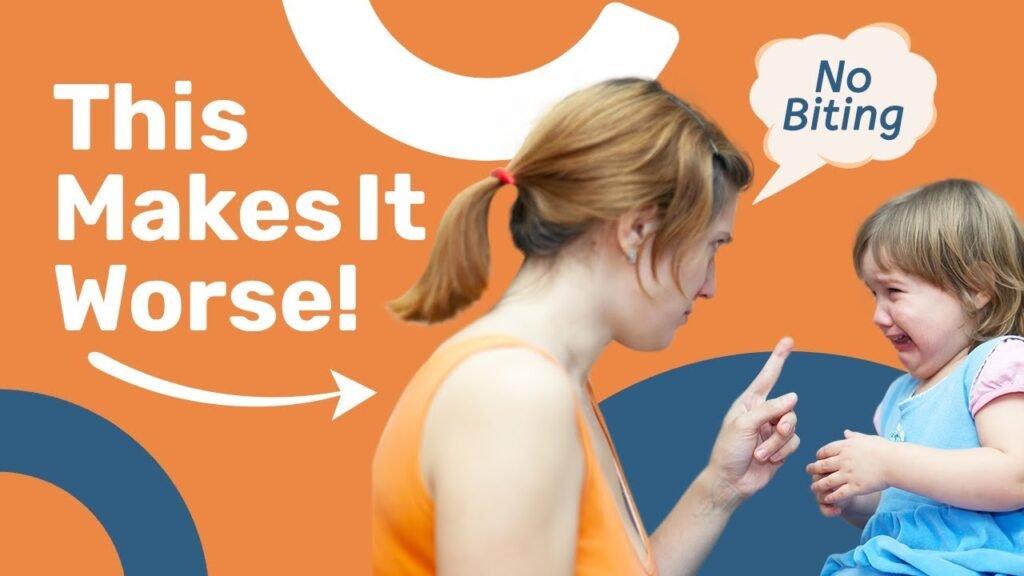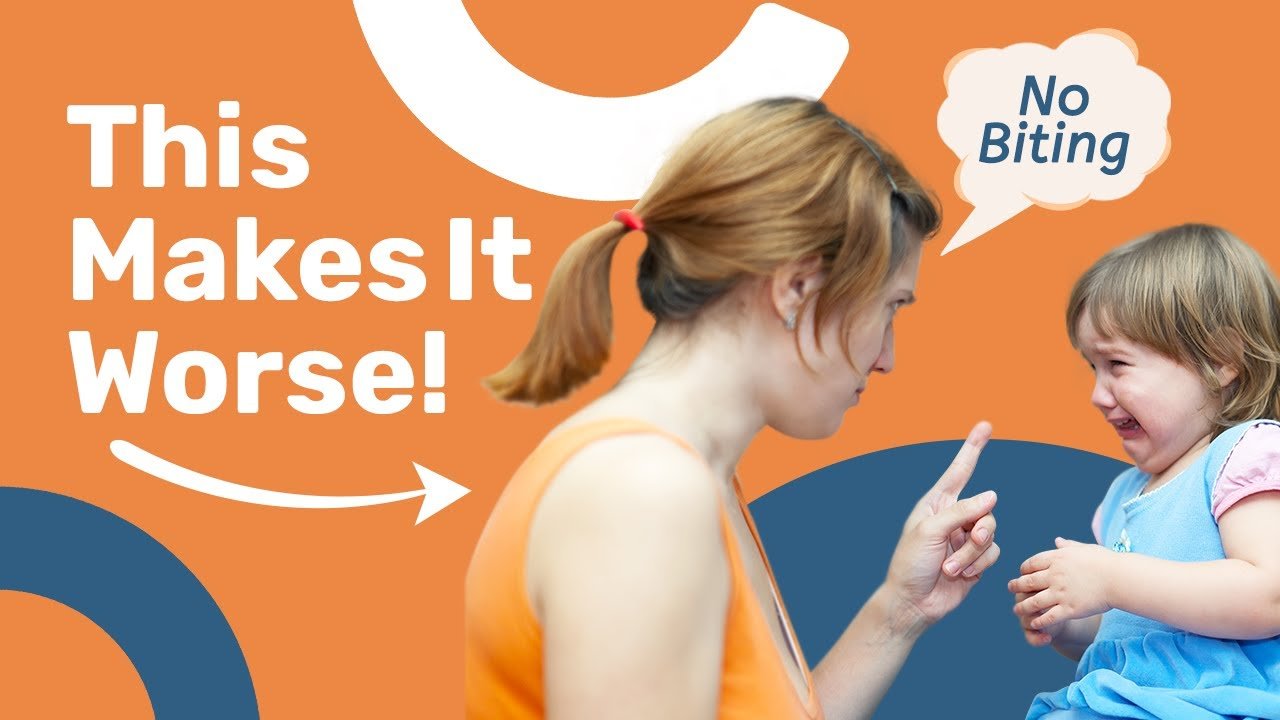Encouraging desired behavior and reducing biting in babies and toddlers is a topic that many parents struggle with. The way you respond to your child’s biting can either perpetuate the behavior or put an end to it. It’s important to understand that biting is a normal behavior for young children and is often used as a way to seek attention or interaction. Responding with punishment or lecturing can actually encourage more biting. Instead, it is recommended to respond calmly and at eye level with your child, acknowledging their emotions but stating that biting is not okay. Safety should be the focus, and attention should be removed from the biting behavior. In a later discussion, alternative ways for your child to manage their emotions can be explored and role-playing different scenarios can be helpful. Praising your child for using alternative strategies to handle their emotions and avoiding biting is essential, as it encourages them to continue exhibiting desired behavior and decreases biting incidents. Tantrums are often a trigger for biting in toddlers, so exploring ways to prevent tantrums can also be an effective method for reducing biting. Next week, more parenting tips and tricks will be shared to help navigate this issue.
Understanding Biting Behavior
Biting is a normal behavior that young children may engage in at some stage in their lives. It is important to understand that when young children bite, they are not necessarily trying to hurt others or being “bad.” Instead, biting is often used as an effective way for young children to seek attention or interaction with their peers or adults.
It is crucial to recognize that responding with punishment or lecturing when a child bites can actually encourage more biting behavior. This is because young children find the attention they receive, whether it is positive or negative, to be exciting and interesting. If they see that biting elicits a big response from adults, they may engage in the behavior again to experience that reaction.
Rather than responding with punishment or lecturing, it is recommended to respond calmly and at eye level with your child. Acknowledge their emotions and state that biting is not okay. By approaching your child calmly and using a neutral tone, you can help them understand that their behavior is not acceptable without causing them to feel overwhelmed or defensive.
Proper Response to Biting
When your child bites, it is important to prioritize safety. If your child bites you, a sibling, or a peer, ensure that everyone involved is safe. If your child bites you, gently remove yourself from their proximity and state that you are moving away because they are not playing safely. If they bite a sibling or a peer, move with the child who was bitten and state that you are doing so because the biting behavior is not safe.
By focusing on safety and removing attention from the biting behavior, you can send a clear message to your child that their actions will not result in the desired response. This helps them understand that biting is not an effective way to gain attention or interaction.

Teaching Alternatives to Biting
After your child has calmed down, it is essential to discuss alternative ways for them to manage their emotions without resorting to biting. This step is crucial in preventing future instances of biting. By identifying other strategies and teaching your child how to express their emotions appropriately, you can help them understand that biting is not necessary.
During this discussion, role-playing different scenarios can be beneficial. This allows your child to practice using alternative strategies in a safe and controlled environment. By engaging in role-play, your child can learn how to assertively communicate their needs or frustrations without resorting to biting.
Importance of Praise for Desired Behavior
Encouraging desired behavior through praise is a powerful tool in decreasing biting behavior. When your child uses alternative strategies to handle their emotions and avoids biting, it is important to praise them for their efforts. Praising children for their desired behavior reinforces the idea that this behavior is positive and should be repeated.
The link between praising and decreasing biting behavior is significant. By consistently praising your child for their appropriate responses to emotions, you are strengthening their understanding that biting is not necessary or acceptable.
Biting During Tantrums
Biting is a common occurrence during tantrums in toddlers. This behavior is a result of their limited ability to manage emotions and communicate effectively. When a toddler is in a heightened emotional state, attempting to educate them about appropriate behavior or consequences may not be effective. It is crucial to approach biting in the context of tantrums with empathy and understanding.
Preventing Tantrums to Reduce Biting
Preventing tantrums can be an effective way to reduce instances of biting. Understanding the triggers that lead to tantrums and proactively addressing them can help create a calmer environment for your child. Simple strategies such as maintaining consistent routines, providing choices, and ensuring that your child’s basic needs are met can go a long way in preventing tantrums.
By reducing the occurrence of tantrums, you can also minimize the instances of biting behavior. It is important to remember that preventing tantrums is not about stifling your child’s emotions but rather helping them manage their emotions more effectively.
Upcoming Parenting Tips
To further support parents in navigating challenging behaviors such as biting, upcoming parenting tips and tricks will be shared in the next week. These tips will provide additional strategies and insights into managing biting behavior effectively.
Conclusion
Understanding biting behavior in young children is crucial for parents in responding effectively. By responding calmly and at eye level with your child, acknowledging their emotions while stating that biting is not okay, prioritizing safety and removing attention from the biting behavior, teaching alternatives to biting, and praising desired behavior, you can help reduce instances of biting.
Addressing biting in the context of tantrums and focusing on preventing tantrums can further contribute to decreased biting behavior. By providing resources such as videos on preventing tantrums and reducing biting, parents can continue to expand their knowledge in effectively managing these challenges. Encouraging desired behavior through praise plays a significant role in reducing biting behavior. By understanding and implementing these strategies, parents can create a positive and nurturing environment for their children to develop appropriate emotional regulation skills.

